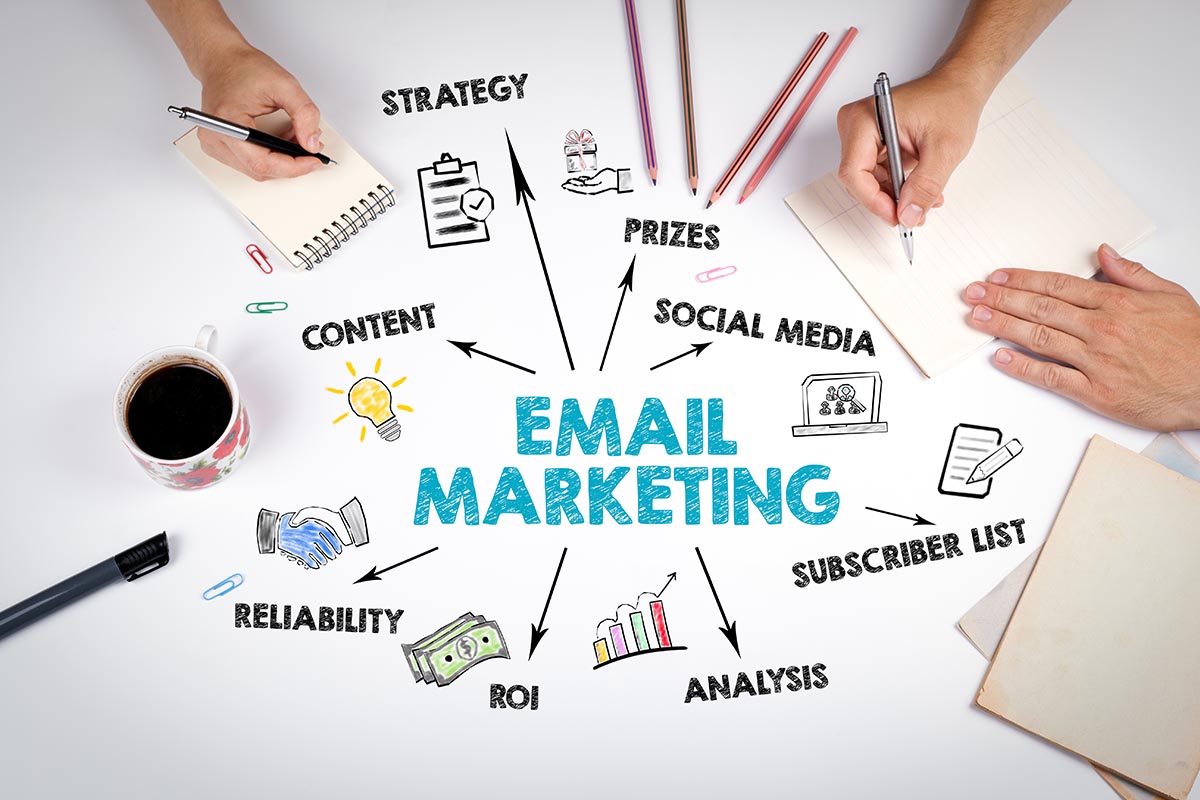Email Marketing Mastery: Tips for Building Strong Patient Relationships

In the digital era, where new marketing channels emerge with dizzying speed, email remains a cornerstone for building and nurturing patient relationships. Email marketing allows healthcare providers to communicate directly with patients, offering a personal touch that can foster trust and loyalty.
However, to truly master email marketing, it’s essential to understand not only the mechanics but also the nuances of crafting emails that resonate with patients. Here, we explore practical tips for healthcare practices looking to elevate their email marketing game and cement strong patient relationships.
Understanding the Value of Email in Patient Communication
Email marketing in healthcare isn’t just about promotions; it’s a strategic tool for ongoing communication. It allows for regular touchpoints with patients, keeping your practice top-of-mind and providing continuous value. Whether it’s through newsletters, appointment reminders, or health tips, each email is an opportunity to strengthen the patient-provider relationship.
Crafting Personalized Content
Personalization is more than using a patient’s name. It’s about tailoring content to meet their interests, needs, and stage in the patient lifecycle.
- Segment Your Audience: Group your patients based on demographics, conditions, or behaviors. This segmentation enables you to send targeted emails that address specific health interests or concerns.
- Relevant Information: Share content that’s relevant to your patients’ health journey. This could include tips for managing chronic conditions, preventative care advice, or updates on the latest treatments.
- Patient Journeys: Acknowledge milestones in a patient’s healthcare journey. Celebrate anniversaries of successful treatments or offer encouragement on ongoing health challenges.
Building Trust through Educational Content
Patients value healthcare providers as trusted sources of information. Use email to educate and inform, establishing your practice as a thought leader in your field.
- Health Tips and News: Regularly send out health tips or news related to your specialty. This not only educates patients but also demonstrates your commitment to their well-being.
- Blog Post Sharing: If your practice has a blog, share your latest posts in your emails. This drives traffic to your website and provides patients with valuable information.
- Video Content: Include links to video content, whether it’s a message from the doctor, a virtual tour of the facility, or an educational seminar.
Engaging Patients with Interactive Content
Interactive emails can increase engagement rates significantly.
- Surveys and Feedback: Use emails to solicit feedback on patient experiences or to conduct surveys about new services or office improvements.
- Polls and Quizzes: Include interactive polls or quizzes related to health and wellness. They can be fun and informative ways to engage patients and encourage them to think about their health.
Optimizing Email Campaigns for Better Engagement
To make sure your emails are read and acted upon, they need to be well-crafted and strategically sent.
- Subject Lines: Write compelling subject lines that grab attention and accurately reflect the email’s content.
- Mobile Optimization: Ensure emails are mobile-friendly, as many patients will read them on their smartphones.
- Clear Calls-to-Action: Include clear calls-to-action (CTAs) so patients know what steps they can take after reading your email, whether it’s booking an appointment or reading more about a health topic.
Maintaining Compliance and Privacy
In healthcare, protecting patient privacy is paramount. Ensure that your email marketing practices comply with regulations like HIPAA.
- Secure Platforms: Use email marketing platforms that offer secure data storage and transmission.
- Patient Consent: Always obtain and record consent for email communications and provide easy options for patients to opt-out.
Measuring Success and Adjusting Strategies
Finally, track the performance of your email campaigns to understand what resonates with your audience.
- Analytics: Use analytics to track open rates, click-through rates, and conversions. This data will inform what content is most engaging for your audience.
- A/B Testing: Regularly test different aspects of your emails (like subject lines or send times) to see what performs best with your audience.
- Adaptation: Be willing to adapt your strategy based on feedback and analytics. The best email marketing strategies evolve over time to better meet the needs of the audience.
Mastering email marketing in healthcare is about much more than sending out mass communications; it’s about cultivating personal connections with patients through thoughtful, informative, and engaging content.
By personalizing interactions, providing valuable information, respecting patient privacy, and continually refining strategies based on feedback and analytics, healthcare providers can leverage email marketing to build strong, lasting relationships with their patients.
